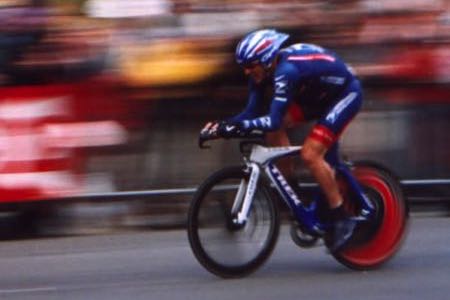
Elsewhere on the site you can read about the way in which people try to cheat in sport and the things that can be done to stop them. Sadly, cheating is prevalent when it comes to professional sports for any number of reasons. The obvious one is that there is huge financial gain to be made by those who win, so it isn’t uncommon for people to push the boundaries of what is legal in order to ensure that they get those financial gains. The second is that sports-people tend to be extremely competitive and will do anything to win.
Whilst we’d all love to imagine that that wouldn’t go as far as cheating, the reality is that some people don’t have the moral compass to mean that they stop themselves from going too far in the pursuit of victory. Cheating isn’t uncommon from people that simply want to win, which is why there are systems in place in most sports to try to spot the cheats and stop them from getting away with it. Regardless of the reason, there have been some major examples of the years, with the following being a look at the biggest cheats in sport:
Lance Armstrong
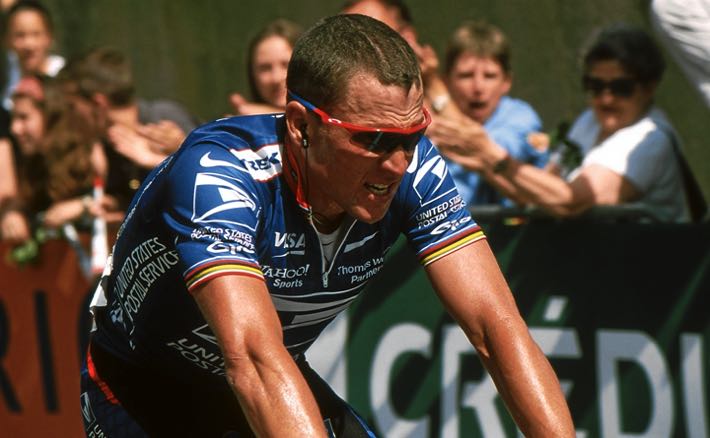
When it comes to cheating in order to win, there is perhaps no finer example than that of Lance Armstrong. There is an argument espoused by many that no sports-person in history cheated the system as methodically as Armstrong, who engaged in blood doping during his cycling career in order to help himself win everything there was to win. The United States Anti-Doping Agency called Armstrong’s cheating ‘the most systematic doping scheme in sports’, which gives you a solid impression of just how much he did to win.
The main form that Armstrong’s cheating took was in the use of Performance Enhancing Drugs. Not only that, but he also bullied his team-mates on the US cycling team into taking drugs themselves. In order to stop the information about his cheating from making it public, Armstrong threatened legal action against anyone who reported it. He is also alleged to have bribed the officials tasked with carrying out the random drugs tests that would have revealed the level of his cheating on his way to seven Tour de France victories.
Diego Maradona
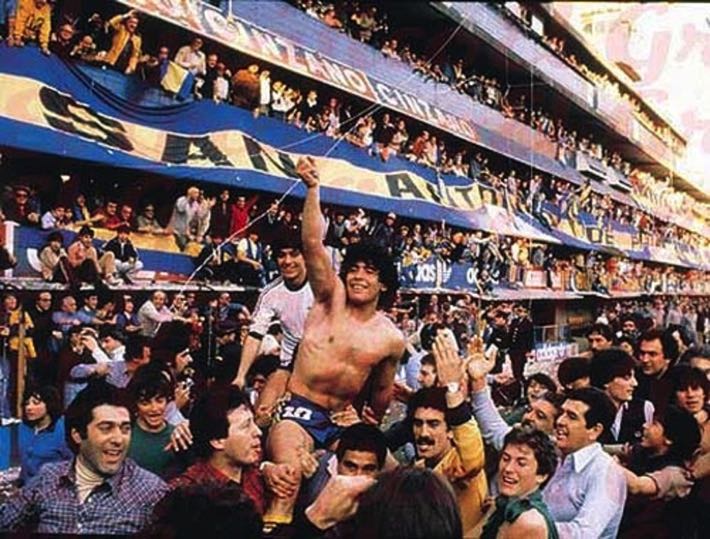
Ask any English football fan that is old enough to remember who the biggest cheat in sports was and they would almost certainly point you to Diego Maradona. Whilst the reality is that Maradona hardly had a reputation for being a massive cheat throughout his career, the way in which he did cheat when he was playing for Argentina against England in a World Cup semi-final means that it will live long in the memory. It was during that match that he scored the infamous ‘Hand of God’ goal, using his hand to prod the ball past the on-rushing England goalkeeper, Peter Shilton.
That goal is seared into the minds of most English people, but it isn’t the only thing that marred Maradona’s career. He once failed a drug test, for example, and also instigated an on-field riot whilst playing for Barcelona. He wasn’t a particularly nice person when he was in ‘winner’ mode, doing whatever needed to be done in order to get the victory that he craved over the line. Perhaps the saddest thing about his cheating was that it wasn’t necessary. In the game against England, he used his unbelievable skill to score one of the greatest goals ever, which will always be over-shadowed by his handball.
Boris Onischenko
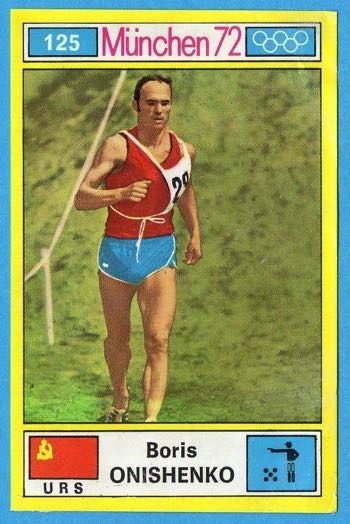
The name of Boris Onischenko will not be known to all but the biggest Olympic buffs, but his cheating is the stuff of legend. He entered the 1976 Olympics, which were held in Montreal, as a pentathlete from Ukraine who had won a silver medal four years prior. He was well-fancied to do well in the event that asked competitors to take part in five different disciplines, one of which was fencing. It was in that sport that Onischenko’s cheating took place, having wired his épée in order to allow him to trigger the electronic scoring system whenever he fancied.
The British team suspected foul play after his bout against Adrian Parker. When he fought Jim Fox, the Brit protested that he was scoring points in spite of not hitting him. He sword was taken away and replaced with another, with news emerging later that he had been disqualified. The story led to a change of the rules by the International Olympic Committee, with the épées being re-designed so that they couldn’t hide wires or switches within the grip. Not many other cheats were so brazen as to result in the rules of the competition being changed as a result.
Ben Johnson

Whilst Lance Armstrong might be the most famous drugs cheat in the history of sport, he is far from the only person who decided to use a banned substance to enhance their performance. When Ben Johnson took four-hundredths of a second off his own Olympic record in the 100 metres at the Seoul Olympics in 1988, he declared that the record would last for ’50 years, maybe 100’. Before the race had begun, one American trainer said that his eyes were yellow as a result of his liver ‘working overtime’ in order to process steroids.
That turned out to be exactly the case, as discovered by the testing of a urine sample at the Olympic Doping Control Centre. The substance he’d used was stanozolol, which was an anabolic steroid that was extremely dangerous and very much on the banned substances list. Johnson protested his innocence but was banned for two years anyway. He ran again in the next Olympics but a year later he was banned from running for life after he was once again found to have taken illegal substances to help him run.
Fred Lorz
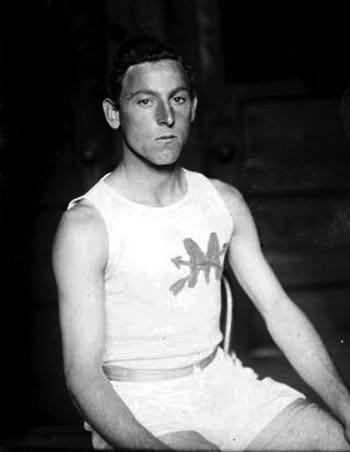
There are some stories about cheats in sports that are actually quite comical on reflection. That is very much the case when it comes to Fred Lorz, even if the people that lost out because of his cheating might not have seen the funny side. In the 1904 Summer Olympics, held in St. Louis, the marathon took place on an afternoon in which the sun was scorching. Runners were required to go over a hilly course, which probably helps to place why only 14 of the 32 competitors made it all the way to the finish line.
It was New York native, Fred Lorz, who won, making it home with a time of three hours and 13 minutes. He had his photo taken with the daughter of the President of the United States, Alice Roosevelt, and was all geared up to receive his gold medal when it emerged that he had covered 11 miles of the race in the passenger seat of a car. Despite his claim that it was a practical joke, he was stripped off his medal and given a lifetime ban from the sport, although that was later lifted. Thomas Hicks was declared the winner instead, but might well have been banned in the modern era himself, having been given strychnine and brandy to help him finish the race.
Michel Pollentier
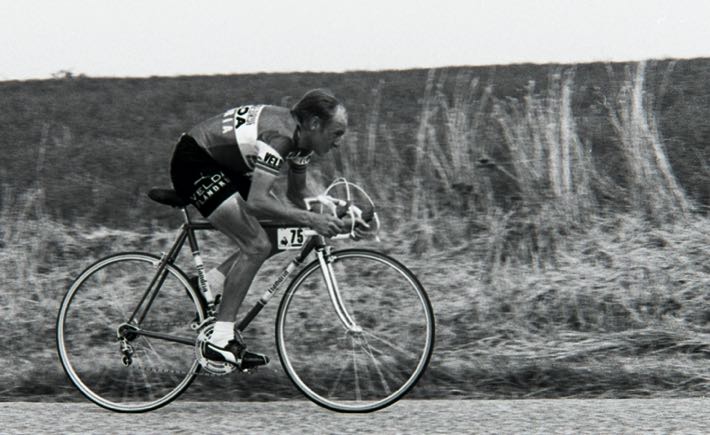
When it comes to most drugs tests, the way that they are carried out is by doing tests on the competitor’s urine. In the case of Michel Pollentier, he tried to get around being caught by simply giving someone else’s urine over to the testers. It was in the 1978 Tour de France that Pollentier was riding at the time, taking the yellow jersey after he sprinted up the Alpe d’Huez faster than anyone else. In the wake of the race, he was asked to give a urine sample and duly did so, only to raise the suspicions of the testers.
The reason there was some suspicion around his urine sample was that he began ‘pumping his elbows in and out, as if playing a set of bagpipes’. When he was asked to lift up his jersey, a series of tubes that led from a rubber bulb that was filled with urine down to his groin. The bulb was under his arm, hence the reason he was pumping his arm so as to move the urine down to tube and into the tester’s sample bottle. The practice of offering uncontaminated urine was believed to be common at the time, so perhaps Pollentier was just unlucky to get caught.
David Robertson
In many sports, the hope is that honesty will always win out. The idea of a ‘gentleman’s code’ ruled for years in sports such as golf, which was obviously easy for the cheaters to take advantage of. That can be shown in the case of David Robertson, who was taking part in the final qualifying round for the British Open at Deal in Kent in 1985 when his cheating was called out. His playing partner called for an official and accused Robertson of not replacing his ball in the correct position on the green, sometimes moving it as much as 20 foot.
Robertson would march ahead of his playing partner and arrive at the green first, seemingly marking it before walking around to inspect his put. In actuality, he was picking up the ball and placing the marker on his putter, dropping it down much closer to the pin. Having been called out on it, he was issued with a fine of £20,000 and banned from the PGA European Tour. The fine was never paid and Robertson applied for his amateur status back seven years later, which was granted, allowing him to take part in local competitions.
Chicago White Sox
 Ask baseball fans about the Black Sox scandal and they will be quick to tell you all about it. It occurred in 1919, when the White Sox made it to the World Series game where they faced the Cincinnati Reds. The interesting thing about this story is that the team didn’t cheat for their own benefit, but rather for a gambling syndicate, led by Arnold Rothstein, that paid them money in order to throw the match. It was eight members of the team that were accused of the action, being permanently banned from professional baseball as a result.
Ask baseball fans about the Black Sox scandal and they will be quick to tell you all about it. It occurred in 1919, when the White Sox made it to the World Series game where they faced the Cincinnati Reds. The interesting thing about this story is that the team didn’t cheat for their own benefit, but rather for a gambling syndicate, led by Arnold Rothstein, that paid them money in order to throw the match. It was eight members of the team that were accused of the action, being permanently banned from professional baseball as a result.
The scandal involved the players happy to take part in the fix sending a signal to the syndicate by hitting one of the Cincinnati players in the back with the baseball, which Eddie Cicotte did to Morrie Rath with his second pitch. There had been rumours of a fix doing the rounds on the day of the game, leading to a number of correspondents comparing notes on players and plays in order discern if any of them seemed questionable. For most bettors, however, everything was considered to be above reproach.